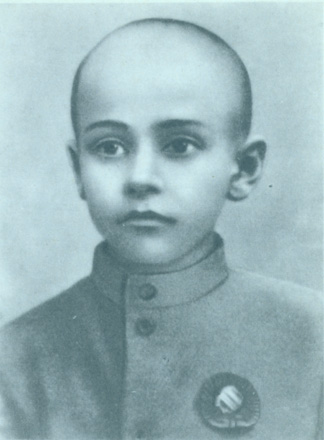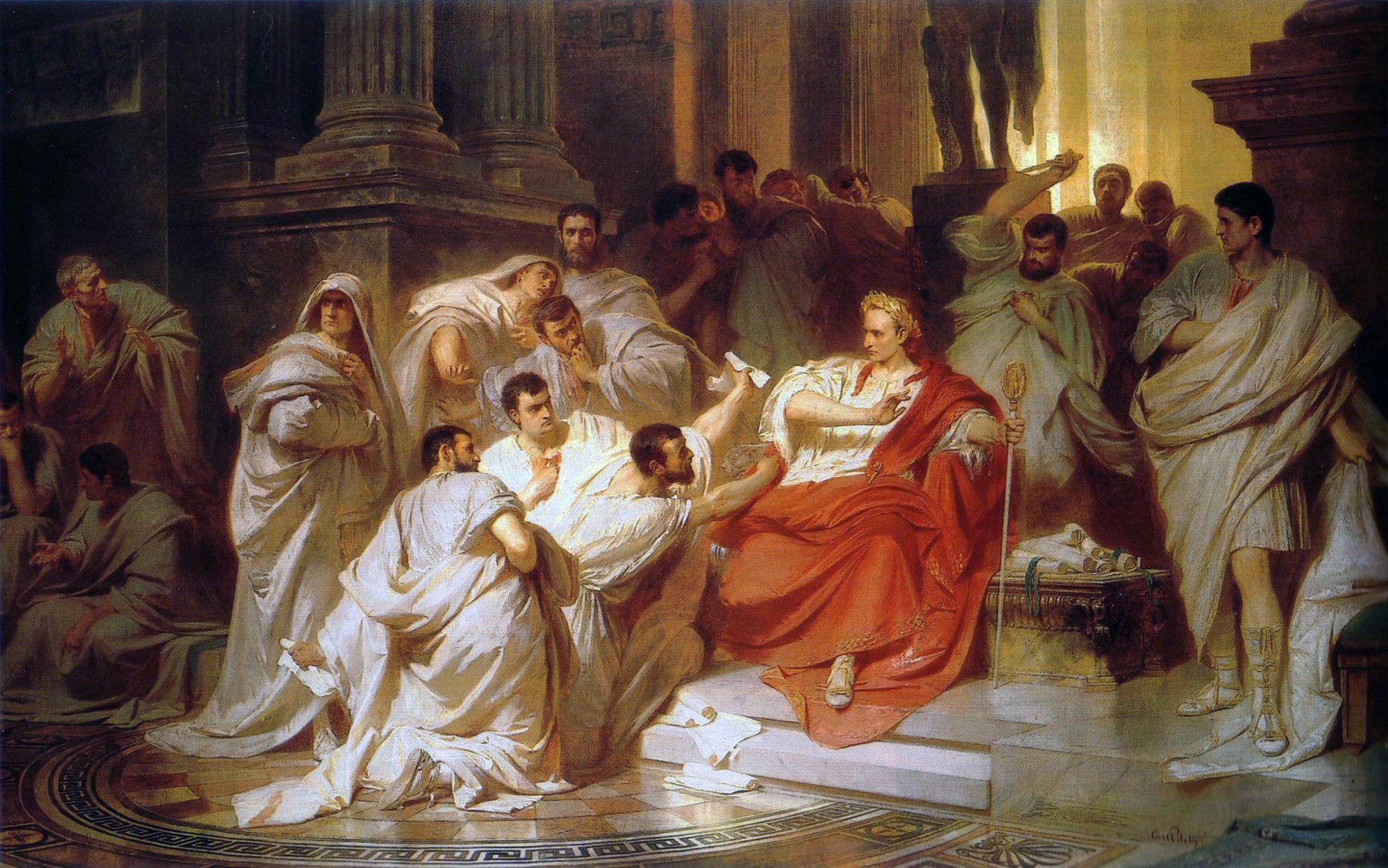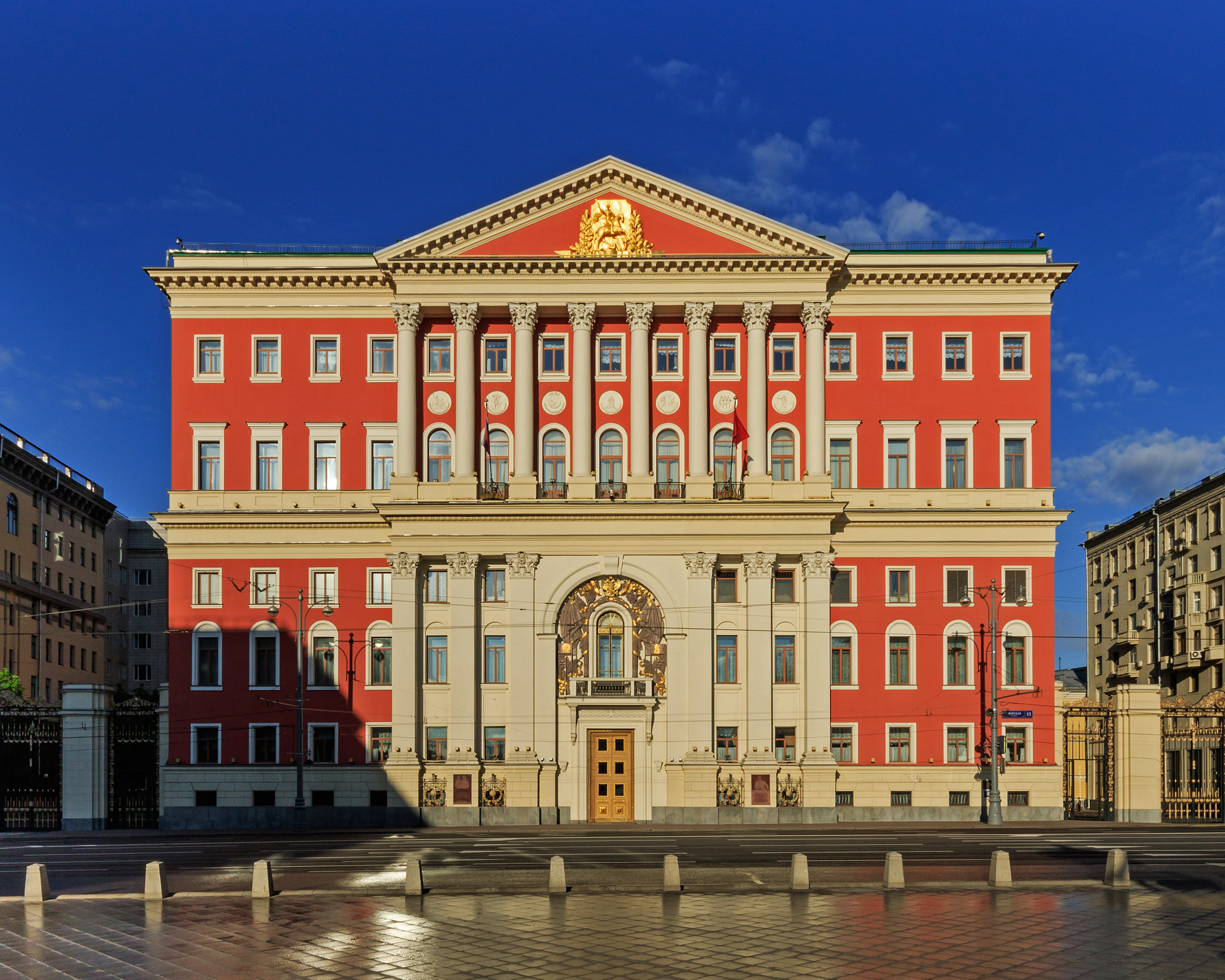|
Anthem Of The Ukrainian Soviet Socialist Republic
The State Anthem of the Ukrainian SSR was the Soviet republican anthem of the Ukrainian Soviet Socialist Republic when it was one of the republics of the Soviet Union. Background The Ukrainian People's Republic had instituted "Shche ne vmerla Ukrainy i slava, i volia" as its anthem in 1917. It was banned when the Russian and Ukrainian Bolsheviks took control Ukraine in 1920 and created the USSR in 1922. But they didn't see any need for a Ukrainian anthem until the 1940s. The idea of creating the anthem arose in context with introduction of the Ukrainian SSR to the United Nations organization, the creation of which was discussed at the 1943 Teheran Conference.Vladyslav and Liudmyla Hrynevych. The state anthems of the Soviet Union and the Ukrainian SSR: what ideological heritage we are renouncing (ДЕРЖАВНІ ГІМНИ СРСР ТА УРСР: ВІД ЯКОЇ ІДЕОЛОГІЧНОЇ СПАДЩИНИ МИ ВІДМОВЛЯЄМОСЯ)'. Mirror Weekly. 28 March 2003 [...More Info...] [...Related Items...] OR: [Wikipedia] [Google] [Baidu] |
Pavlo Tychyna
Pavlo Hryhorovych Tychyna ( uk, Павло Григорович Тичина; – September 16, 1967) was a major Ukrainian poet, translator, publicist, public activist, academician, and statesman. He composed the lyrics to the Anthem of the Ukrainian Soviet Socialist Republic. Life Born in Pisky in 1891, he was baptized on January 27, which was mistakenly considered his birth date until recently. His father, Hryhoriy Timofiyovych Tychynin, was a village deacon and a teacher in the local grammar school. His mother, Maria Vasylivna Tychynina (Savytska), was eleven years younger than Pavlo's father. Pavlo had nine siblings: five sisters and four brothers. At first young Tychyna studied at the district's elementary school which was opened in Pisky in 1897. His first teacher was Serafima Morachevska who later recommended him to try his talent in chorus. In 1900 he became a member of an archiary chorus in the Trinity (Troitsky) monastery near Chernihiv. Simultaneously young Tychyn ... [...More Info...] [...Related Items...] OR: [Wikipedia] [Google] [Baidu] |
State Anthem Of The Soviet Union
The "State Anthem of the Soviet Union" was the national anthem of the Soviet Union and the regional anthem of the Russian Soviet Federative Socialist Republic from 1944 to 1991, replacing "The Internationale". Its original lyrics were written by Sergey Mikhalkov (1913–2009) in collaboration with Gabriyel’ Arkadyevich Ureklyan (1899–1945), and its music was composed by Alexander Alexandrov (1883–1946). For a two-decade interval following de-Stalinization, the anthem was performed without lyrics. The second set of lyrics, also written by Mikhalkov and in which Stalin's name was omitted, was adopted in 1977. A decade after the collapse of the Soviet Union, the music was adopted with new lyrics as the Russian national anthem. History Origins The anthem's music was originally composed by Alexander Alexandrov in 1938 for the Hymn of the Bolshevik Party. Its opening bars were borrowed from one of Alexandrov's previous pieces, " Life has become better", which was based o ... [...More Info...] [...Related Items...] OR: [Wikipedia] [Google] [Baidu] |
Communist Party Of The Soviet Union
" Hymn of the Bolshevik Party" , headquarters = 4 Staraya Square, Moscow , general_secretary = Vladimir Lenin (first) Mikhail Gorbachev (last) , founded = , banned = , founder = Vladimir Lenin , newspaper = ''Pravda'' , position = Far-left , international = , religion = State Atheism , predecessor = Bolshevik faction of the RSDLP , successor = UCP–CPSU , youth_wing = Little Octobrists Komsomol , wing1 = Young Pioneers , wing1_title = Pioneer wing , affiliation1_title = , affiliation1 = Bloc of Communists and Non-Partisans (1936–1991) , membership = 19,487,822 (early 1989 ) , ideology = , colours = Red , country = the Soviet Union The Communist Party of the Soviet Union (CPSU),; abbreviated in Russian as or also known by various other names during its history, was the founding and ruling party of the Sovie ... [...More Info...] [...Related Items...] OR: [Wikipedia] [Google] [Baidu] |
Statehood
A state is a centralized political organization that imposes and enforces rules over a population within a territory. There is no undisputed definition of a state. One widely used definition comes from the German sociologist Max Weber: a "state" is a polity that maintains a monopoly on the legitimate use of violence, although other definitions are not uncommon.Cudworth et al., 2007: p. 95Salmon, 2008p. 54 Absence of a state does not preclude the existence of a society, such as stateless societies like the Haudenosaunee Confederacy that "do not have either purely or even primarily political institutions or roles". The level of governance of a state, government being considered to form the fundamental apparatus of contemporary states, is used to determine whether it has failed. In a federal union, the term "state" is sometimes used to refer to the federated polities that make up the federation. (Other terms that are used in such federal systems may include “ province” ... [...More Info...] [...Related Items...] OR: [Wikipedia] [Google] [Baidu] |
Visiting Card
A visiting card, also known as a calling card, is a small card used for social purposes. Before the 18th century, visitors making social calls left handwritten notes at the home of friends who were not at home. By the 1760s, the upper classes in France and Italy were leaving printed visiting cards decorated with images on one side and a blank space for hand-writing a note on the other. The style quickly spread across Europe and to the United States. As printing technology improved, elaborate color designs became increasingly popular. However, by the late 1800s, simpler styles became more common. By the 19th century, men and women needed personalized calling or visiting cards to maintain their social status or to move up in society. These small cards, about the size of a modern-day business card, usually featured the name of the owner, and sometimes an address. Calling cards were left at homes, sent to individuals, or exchanged in person for various social purposes. Knowing and fo ... [...More Info...] [...Related Items...] OR: [Wikipedia] [Google] [Baidu] |
Flag Of The Ukrainian Soviet Socialist Republic
The first flag of the Ukrainian Soviet Socialist Republic (UkSSR) was adopted on 10 March 1919 to serve as the symbol of state of the Ukrainian SSR. Details of the official flag changed periodically before the Dissolution of the Soviet Union, break-up of the Soviet Union in 1991, but all had as their basis the red flag (politics), red flag of the October Revolution. According to the decree of the Presidium of Supreme Soviet of Ukrainian SSR on 21 November 1949, the blue in the bottom symbolises the mightiness and beauty of the people, and the blue banner of Bohdan Khmelnytsky. Color scheme History Before this 1919 flag, a flag in 1918 was used with red and blue, with yellow stripes in the canton. The first flag was red with the gold Cyrillic script, Cyrillic sans-serif letters У.С.С.Р. (''USSR'', acronym for ''Ukrayinskaya Sotsialisticheskaya Sovetskaya Respublika'' (Ukrainian Socialist Soviet Republic) in the Russian language). A decade later, the Ukrainian initials У.С ... [...More Info...] [...Related Items...] OR: [Wikipedia] [Google] [Baidu] |
Emblem Of The Ukrainian Soviet Socialist Republic
The coat of arms of the Ukrainian Soviet Socialist Republic was adopted on 14 March 1919 by the government of the Ukrainian Soviet Socialist Republic and subsequently modified on 7 November 1928, 30 January 1937 and 21 November 1949. The coat of arms from 1949 is based on the coat of arms of the Soviet Union and features the hammer and sickle, the red star, a sunrise and stalks of wheat on its outer rims. The rising sun stands for the future of the Soviet Ukrainian nation, the red star as well as the hammer and sickle for communism and the "world-wide socialist community of states". The banner bears the Soviet Union state motto ("Workers of the world, unite!") in both the Ukrainian and Russian languages. In Ukrainian, it is "" (transliterated: ''Proletari vsikh krayin, yednaytesya!''). The name of the Ukrainian SSR is shown only in Ukrainian, and reads " PCP" (''''). In 1992 after the dissolution of the Soviet Union and Ukraine became independent, the emblem was changed to the ... [...More Info...] [...Related Items...] OR: [Wikipedia] [Google] [Baidu] |
World War II
World War II or the Second World War, often abbreviated as WWII or WW2, was a world war that lasted from 1939 to 1945. It involved the World War II by country, vast majority of the world's countries—including all of the great powers—forming two opposing military alliances: the Allies of World War II, Allies and the Axis powers. World War II was a total war that directly involved more than 100 million Military personnel, personnel from more than 30 countries. The major participants in the war threw their entire economic, industrial, and scientific capabilities behind the war effort, blurring the distinction between civilian and military resources. Air warfare of World War II, Aircraft played a major role in the conflict, enabling the strategic bombing of population centres and deploying the Atomic bombings of Hiroshima and Nagasaki, only two nuclear weapons ever used in war. World War II was by far the List of wars by death toll, deadliest conflict in hu ... [...More Info...] [...Related Items...] OR: [Wikipedia] [Google] [Baidu] |
Mossovet
The Mossoviet (Russian: Моссовет), an abbreviation of Moscow Soviet, (Московский Совет) was established following the February Revolution . Initially it was a parallel, shadow city administration of Moscow, Russia run by left-wing parties. Following the October Revolution it became the city administration of Moscow throughout the Soviet period (1918–1991). Initial period The first meeting of the Moscow Soviet of Workers’ Deputies occurred on 1 March, 1917. The meeting was initially attended by 52 delegates from various factories, cooperative societies and trade unions. However when the meeting was reconvened in the evening after a short adjournment, the meeting had swollen to over six hundred delegates. An executive committee of 44 members was created under the leadership of Lev Khinchuk a member of the Menshevik faction of the Russian Social Democratic Labour Party The Russian Social Democratic Labour Party (RSDLP; in , ''Rossiyskaya sotsial-demok ... [...More Info...] [...Related Items...] OR: [Wikipedia] [Google] [Baidu] |
Joseph Stalin
Joseph Vissarionovich Stalin (born Ioseb Besarionis dze Jughashvili; – 5 March 1953) was a Georgian revolutionary and Soviet Union, Soviet political leader who led the Soviet Union from 1924 until his death in 1953. He held power as General Secretary of the Communist Party of the Soviet Union (1922–1952) and Premier of the Soviet Union, Chairman of the Council of Ministers of the Soviet Union (1941–1953). Initially governing the country as part of a Collective leadership in the Soviet Union, collective leadership, he consolidated power to become a dictator by the 1930s. Ideologically adhering to the Leninism, Leninist interpretation of Marxism, he formalised these ideas as Marxism–Leninism, while his own policies are called Stalinism. Born to a poor family in Gori, Georgia, Gori in the Russian Empire (now Georgia (country), Georgia), Stalin attended the Tbilisi Spiritual Seminary before joining the Marxist Russian Social Democratic Labour Party. He edited the par ... [...More Info...] [...Related Items...] OR: [Wikipedia] [Google] [Baidu] |
Vozhd
Vozhd (russian: Вождь, lit=leader, guide) or Vožd ( sr-Cyrl, Вожд), is a Russian and Serbian Church Slavonic loanword derived from the verb ''vesti'' (вести, meaning "to lead", "to guide"). History In Serbia, that title was given to Karađorđe Petrović by all the voivodes who elected him to be their leader at their first ''Praviteljstvujusceg sovejeta'' (Government Council) during the First Serbian Uprising in the 19th century. As such Karađorđe was titled Grand Vožd of Serbia. Later, in Russian, it was often used in reference to Soviet leaders such as Vladimir Lenin and Joseph Stalin as Vozhd of the proletariat (russian: Вождь пролетариата), Vozhd of the Russian Communist Party (russian: Вождь Российской Коммунистической Партии), Vozhd of the World Revolution (russian: Вождь мировой революции), Vozhd of the Peoples (russian: Вождь народов). In modern Russian, ''vozh ... [...More Info...] [...Related Items...] OR: [Wikipedia] [Google] [Baidu] |
Russian Empire
The Russian Empire was an empire and the final period of the Russian monarchy from 1721 to 1917, ruling across large parts of Eurasia. It succeeded the Tsardom of Russia following the Treaty of Nystad, which ended the Great Northern War. The rise of the Russian Empire coincided with the decline of neighbouring rival powers: the Swedish Empire, the Polish–Lithuanian Commonwealth, Qajar Iran, the Ottoman Empire, and Qing China. It also held colonies in North America between 1799 and 1867. Covering an area of approximately , it remains the third-largest empire in history, surpassed only by the British Empire and the Mongol Empire; it ruled over a population of 125.6 million people per the 1897 Russian census, which was the only census carried out during the entire imperial period. Owing to its geographic extent across three continents at its peak, it featured great ethnic, linguistic, religious, and economic diversity. From the 10th–17th centuries, the la ... [...More Info...] [...Related Items...] OR: [Wikipedia] [Google] [Baidu] |




.jpg)




